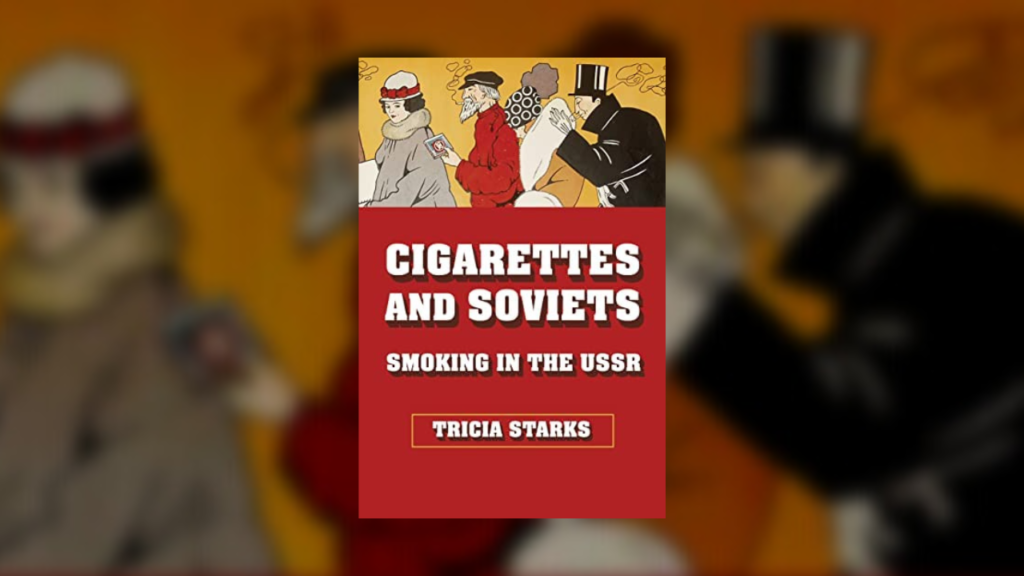ANTI SMOKING LOBBY
Legalization of cannabis threatens clean indoor air and public health
Most localities that allow onsite cannabis smoking lounges do not protect nonsmokers from the ill effects of secondhand cannabis smoke, researchers report in the American Journal of Preventive Medicine
Peer-Reviewed PublicationAnn Arbor, September 7, 2021 – After years of progress on protections against secondhand tobacco smoke, multiple states and local governments now allow indoor smoking of cannabis at licensed cannabis businesses. A new study in the American Journal of Preventive Medicine, published by Elsevier, found that over 50 localities in the United States allow indoor smoking at these businesses, exposing customers and employees to secondhand cannabis smoke (SHCS).
“While many states maintain strong tobacco smoking and vaping bans to protect public health, our research reveals that some state and local laws exempt cannabis smoke from clean air laws and open the door to smoke-filled businesses, defeating decades of public health advances,” said first author Thomas L. Rotering, MPH, of the Center for Tobacco Control Research and Education, and the Philip R. Lee Institute for Health Policy Studies, University of California, San Francisco, San Francisco, CA, USA.
The researchers systematically searched legal databases, public reporting, government websites, and local laws that address cannabis smoking lounges. They found wide variation in how state and local governments address SHCS exposure in these businesses. All of the 11 states that have legalized adult-use cannabis as of June 2020 prohibit consumption in public places, but six states (Alaska, California, Colorado, Illinois, Massachusetts, and Michigan) allow onsite consumption in licensed cannabis businesses subject to local government approval. No state prohibits local governments from implementing more rigorous requirements. Massachusetts only allows onsite consumption through vaporization or other nonsmoking forms of consumption involving heat.
Although the only effective means of preventing the health problems associated with SHCS is to require a smoke-free environment, most local laws either do not address SHCS or use ineffective ventilation or engineering requirements. Of the 56 localities that permit onsite cannabis consumption businesses, only 9% require that indoors be smoke-free. Twenty-three percent of local governments provide for smoking in isolated rooms but only require that the smoke not drift to nonsmoking areas or that there be a smoke-free employee viewing area. Other common local legal requirements address onsite odor control, ventilation/filtration, and building location. Such requirements are often vague, and the investigators observe that they resemble the tobacco industry’s “accommodation” framework by allowing smoking inside and positioning ventilation or engineering controls as solving secondhand smoke.
“After decades of progress in clearing the indoor air of tobacco smoke, we are seeing it replaced with cannabis smoke using the same discredited arguments the tobacco industry used in its unsuccessful fight against tobacco smoke restrictions. We need to learn from the past and keep the air clean for all,” commented senior investigator Stanton A. Glantz, PhD, retired from the Center for Tobacco Control Research and Education, and the Philip R. Lee Institute for Health Policy Studies, University of California, San Francisco, San Francisco, CA, USA.
Some cannabis advocates argue that designating indoor spaces for renters, tourists, and people experiencing homelessness to smoke or vape is the only reasonable alternative to illegally consuming in public or exposing nonsmokers to SHCS. The investigators suggest that reasonable alternatives may include permitting outside, out-of-view cannabis use at retailers, or allowing only the use of non-inhalable modes of administration that do not pollute the air. Local officials could consider allowing multiunit housing or other places serving these groups to create outdoor, designated consumption smoking areas out of public view.
Policymakers should be made aware that ventilation and other engineering interventions cannot fully protect workers and patrons. “Health authorities and local leaders should educate policymakers on the science of secondhand smoke remediation and advocate for the same standards for secondhand cannabis smoking and vaping that apply to tobacco, particularly because other cannabis administration modes do not pollute the air,” said the authors in their paper. “Where onsite smoking or vaping is permitted, even measures such as truly separate indoor and outdoor smoking areas may reduce but not eliminate SHCS exposure to patrons, staff, and residents.”
JOURNAL
American Journal of Preventive Medicine
SUBJECT OF RESEARCH
People
ARTICLE TITLE
Emerging Indoor Air Laws for Onsite Cannabis Consumption Businesses in the U.S.
Disclaimer: AAAS and EurekAlert! are not responsible for the accuracy of news releases


